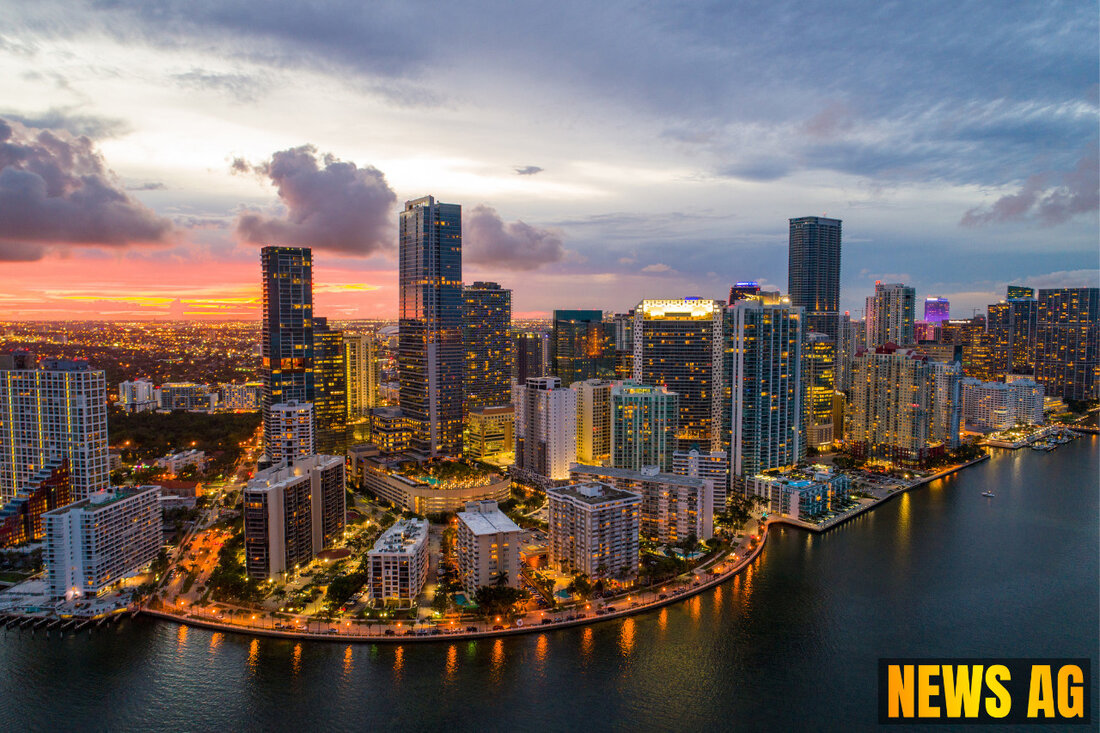Florida's Alligator Infestation: Top Lakes and Safety Tips Revealed!
Discover key insights about alligators in Florida, including populations, safety tips, and recent incidents in North Palm Beach.

Florida's Alligator Infestation: Top Lakes and Safety Tips Revealed!
Florida’s landscapes are often breathtaking, but lurking beneath the surface of its lakes and marshes is a creature that demands respect: the alligator. With an estimated population of 1.3 million, these reptiles inhabit nearly every freshwater body across the state’s 67 counties. However, the alligators’ growing presence has sparked a notable rise in local encounters, reminding Floridians and visitors alike to tread carefully in these aquatic zones. The recent incident at Lake Kissimmee, where a woman was tragically killed while kayaking, underlines the importance of awareness in alligator territory. The Palm Beach Post reports that this lake is home to approximately 16,184 alligators, making it the second-most alligator-infested lake in the state.
For many, alligator encounters make for thrilling stories, but they can quickly turn into serious situations. According to statistics from the Florida Fish and Wildlife Conservation Commission (FWC), there have been 487 unprovoked alligator bites recorded from 1948 to 2024, with 27 fatalities resulting from those attacks. Just last year, an 85-year-old woman was killed by a 10-foot alligator while walking her dog in St. Lucie County, underscoring how quickly a seemingly innocuous situation can escalate.
Alligator Hotspots
Understanding where alligators thrive can help residents and those enjoying Florida’s beauty remain vigilant. Recent data spotlight the top 20 alligator-infested lakes in Florida, led by:
| Lake Name | Estimated Alligator Population |
|---|---|
| Lake Okeechobee | 33,542 |
| Lake Kissimmee | 16,184 |
| Lake Jesup | 14,518 |
| Orange Lake | 12,032 |
| St. Johns River, Lake Poinsett | 10,951 |
| Everglades WMA | 8,301 |
| St. Johns River, Puzzle Lake | 7,585 |
| T.M. Goodwin, Broadmoor Unit | 7,518 |
| Lake Griffin | 7,370 |
| St. Johns River, Lake Harney | 7,110 |
| St. Johns River, Tosohatchee | 6,198 |
| Lake Tohopekaliga | 5,716 |
| Lake George | 5,412 |
| Lake Apopka | 4,613 |
| Kissimmee River | 4,570 |
| St. Johns River Upper Basin canals | 4,063 |
| St. Johns River, Lake Hellen Blazes | 3,890 |
| Lake Rousseau | 3,631 |
| Lake Hatchineha | 3,524 |
| Lochloosa Lake | 3,218 |
The alligator population per lake was estimated using data from FWC’s Alligator Management Units (AMUs), giving residents insights into where they might encounter these fascinating yet formidable creatures.
Staying Safe
With alligators integrated into the local ecosystem, it’s vital to know how to stay safe. The FWC emphasizes some essential precautions: never feed alligators, as it is illegal and can make these predators lose their natural fear of humans. Keep a safe distance and never swim in areas known to be inhabited by alligators, especially at dawn or dusk when they are most active.
Despite the concerning rise in incidents, it’s worth noting that about 96% of alligator attacks are linked to risky human behavior. As human habitation encroaches further into alligator habitats, the potential for encounters grows, but with awareness and precaution, residents can coexist with these ancient reptiles safely. If you find yourself facing a nuisance alligator, it’s best to contact the FWC’s Nuisance Alligator Hotline at 1-866-FWC-GATOR (392-4286). For a glimpse into the alligator’s world beyond potential danger, the ecosystem does a good deal to bring balance to Florida’s environments.

 Suche
Suche
 Mein Konto
Mein Konto